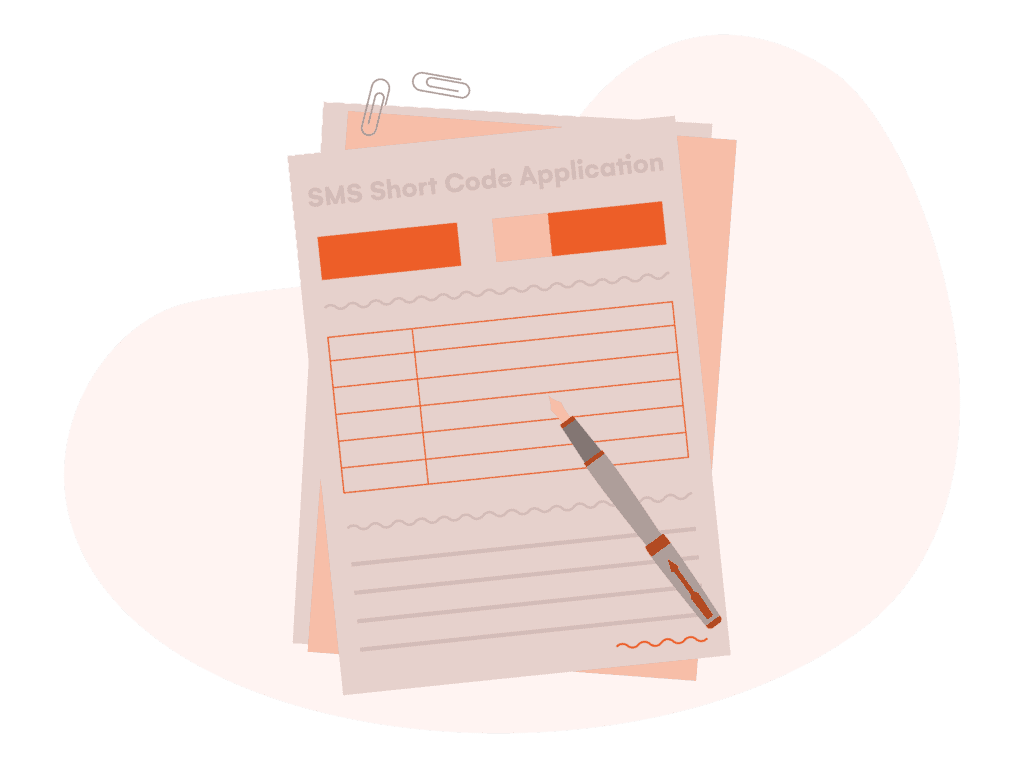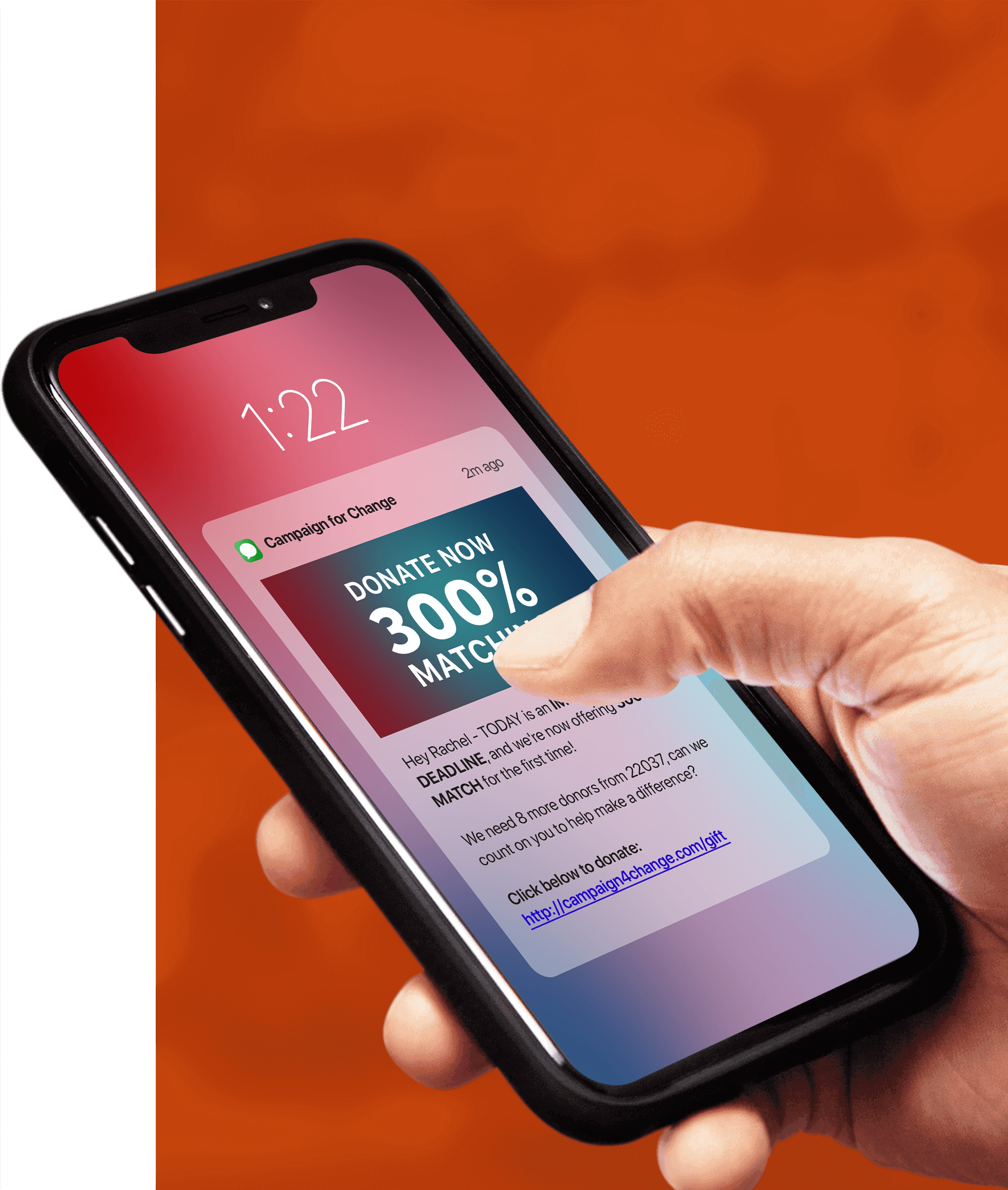1,793 Views
In the video above, Tatango CEO Derek Johnson answers the question, “What is an SMS short code application?” Prefer to read? No problem. See the post below. You can also find answers to all your SMS marketing questions in our Q&A video library.
What Is an SMS Short Code?
An SMS short code is a phone number consisting of five to six digits that brands and organizations use to communicate with their customers.
AT&T, T-Mobile, Verizon, and other major wireless carriers developed short codes as an alternative to regular 10-digit mobile phone numbers. Compared to traditional 10-digit phone numbers, SMS short codes are half the length and much easier for consumers to read and recall. A typical short code can look something like 12345 or 123456.

What Is an SMS Short Code Application?
When a brand wants to use a short code for marketing purposes, it first has to acquire a short code then enable that short code to send and receive messages. To enable the short code, a brand has to be approved by the wireless carriers to use their wireless network to send messages. To receive approval, a brand must complete the short code application process.
A Short Code Application
The goal of the short code application process is to communicate to the wireless carriers about how a brand will use a short code. Wireless carriers heavily regulate federal communication channels. They want to protect consumers, so they want to make sure that a short code is used appropriately and follows their rules and regulations.
Some of the required information a brand is asked to present:
- How the brand is going to use the short code (known as the brand’s use case).
- How the brand will resolve compliance issues.
- Where the brand will advertise the short code. That is, how a consumer will opt in to the SMS program.
- Where a consumer can go for support (for example, what the “HELP” and “STOP” protocols look like).
Depending on the brand’s use case, the application can range in length. After a brand completes the application with guidance from an SMS provider like Tatango, it then submits it to the wireless carriers for approval. The wireless carriers usually approve the short code application on their time, starting the short code provisioning process. Once a brand completes the short code application and short code provisioning process and the short code is approved on all the wireless networks, the brand can send and receive messages, regardless of what wireless carrier the mobile subscribers are using.
Interested in Learning More About SMS Marketing?
Check out these free SMS marketing resources:
